The lion has long held the title “King of the Jungle” in popular culture, symbolizing strength, majesty, and leadership. However, the title itself leads to some misconceptions, both about the habitat of lions and their behavior and status in the animal kingdom. In this exploration, we will delve into the origins of this title, the actual habitats of lions, and whether they truly deserve this royal title.
The Origins of the Title
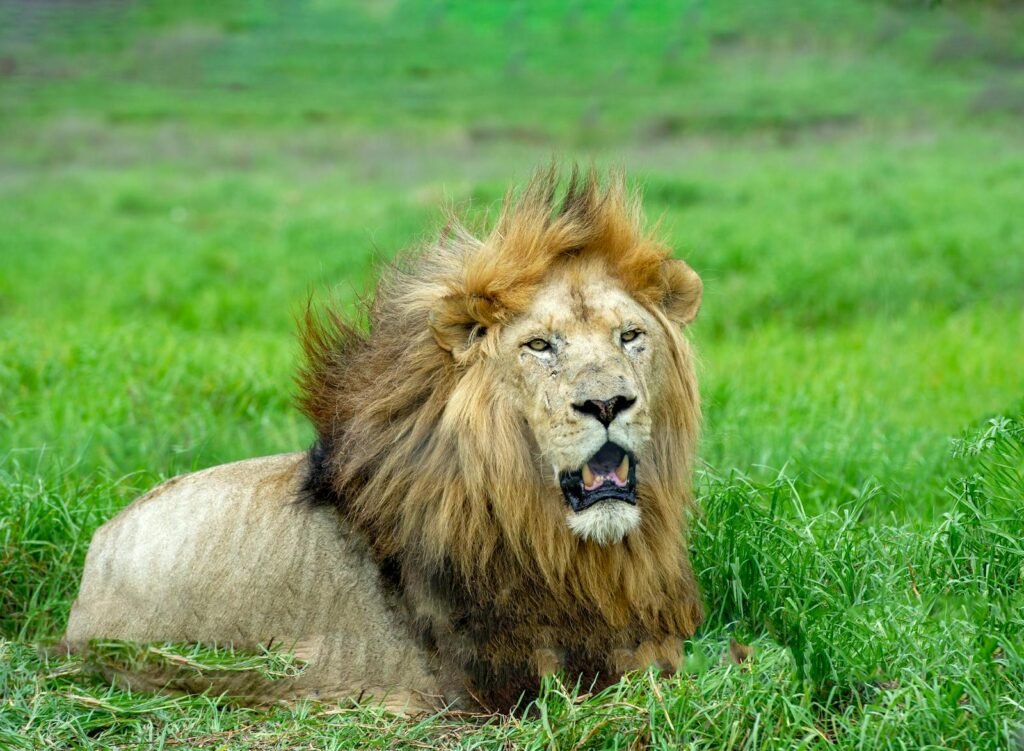
The title “King of the Jungle” likely originates from cultural depictions and stories about the ferocity and regality of lions. Historically, lions have been symbols of power and been revered in art, literature, and mythology across various cultures. Despite what the title suggests, lions do not inhabit jungles, which brings us to our next point.
Do Lions Live in Jungles?
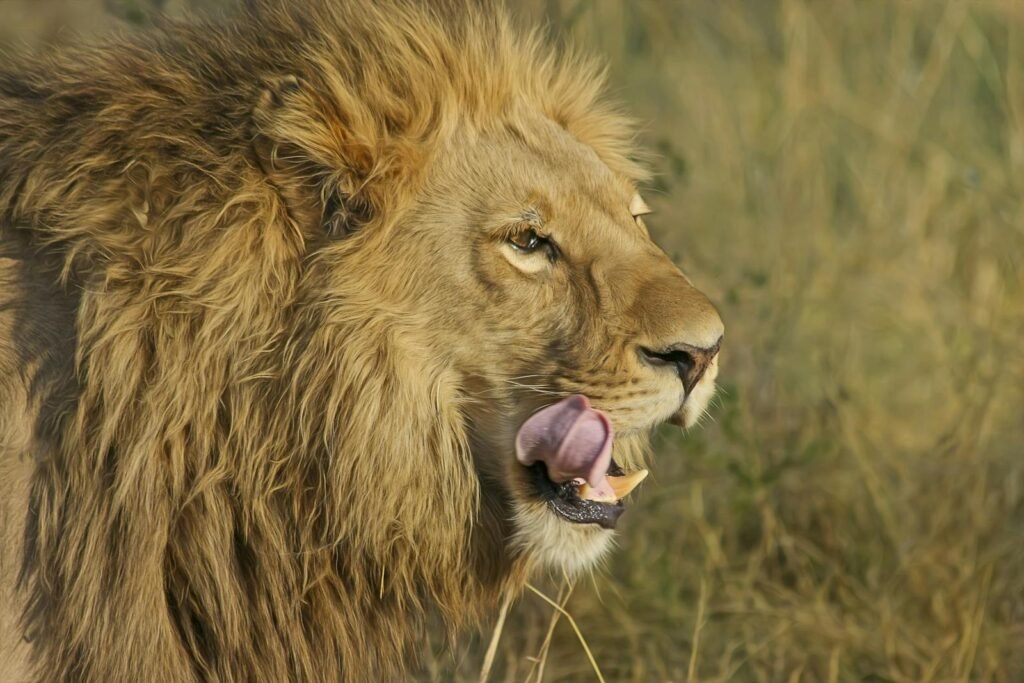
Lions are primarily found in savannas, grasslands, dense bush, and open woodlands of Sub-Saharan Africa, with a small population in the Gir Forest National Park in India. These habitats have ample prey and space for prides to thrive but are quite distinct from the dense, humid jungles that the title suggests.
Life in a Pride
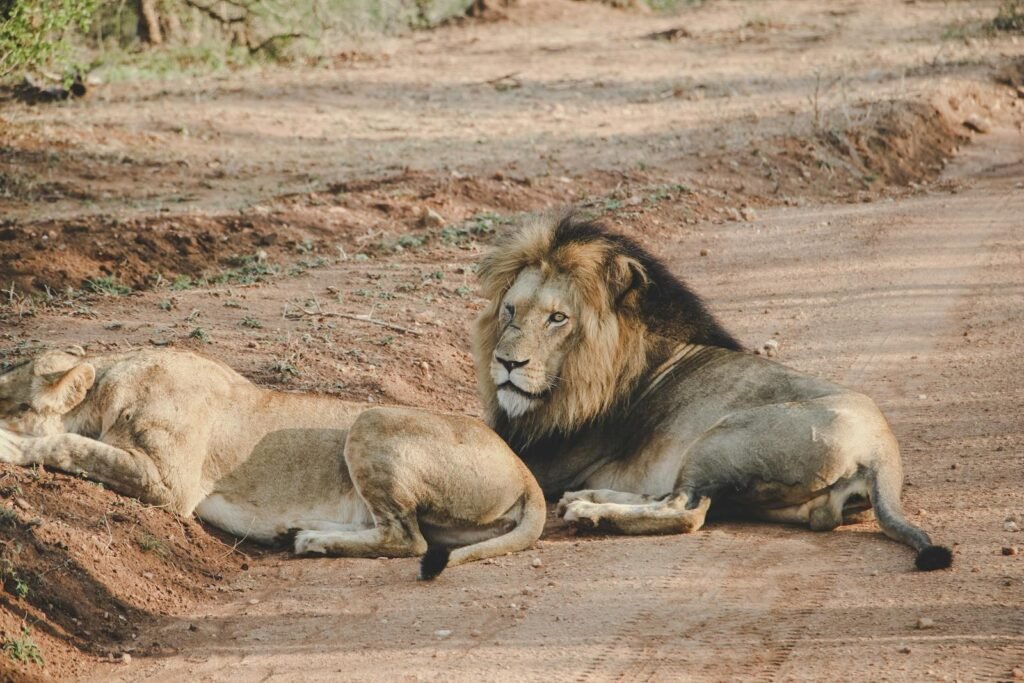
Lions are unique among big cats; they are social animals living in structured groups known as prides. A pride typically consists of multiple related females, their offspring, and a small number of adult males. This social structure fundamentally sets them apart from other big cats and contributes to their powerful image.
Role of the Male Lion
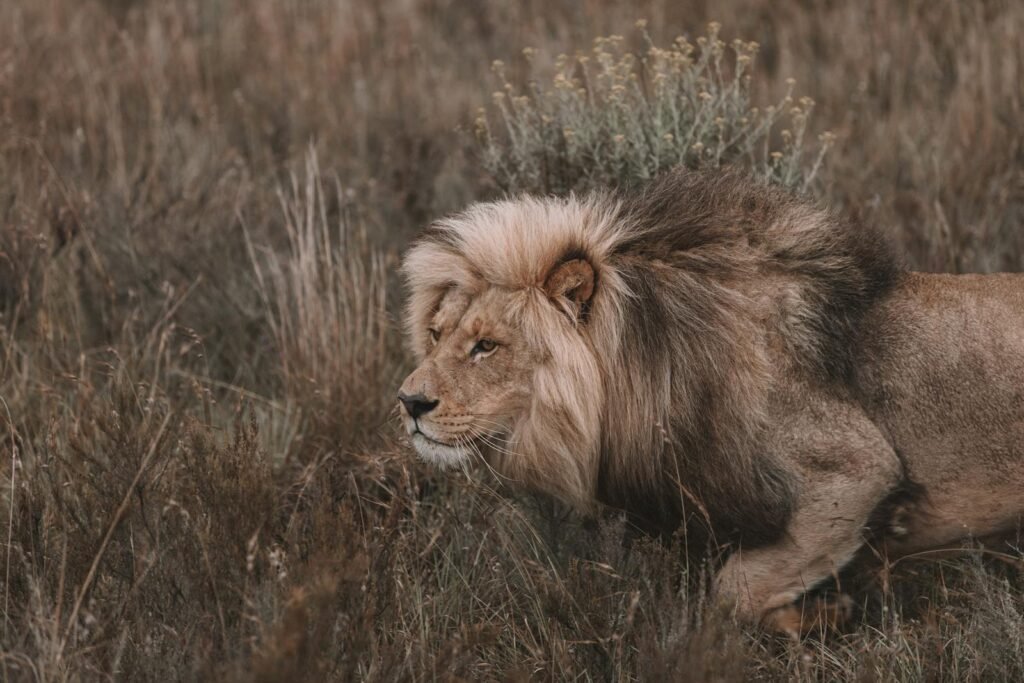
Male lions are often seen as the ‘kings’ within their prides. They are responsible for protecting their territory and the female members and cubs from both rival lions and other predators. However, they usually rely on lionesses for hunting and food.
Strategies and Success Rates
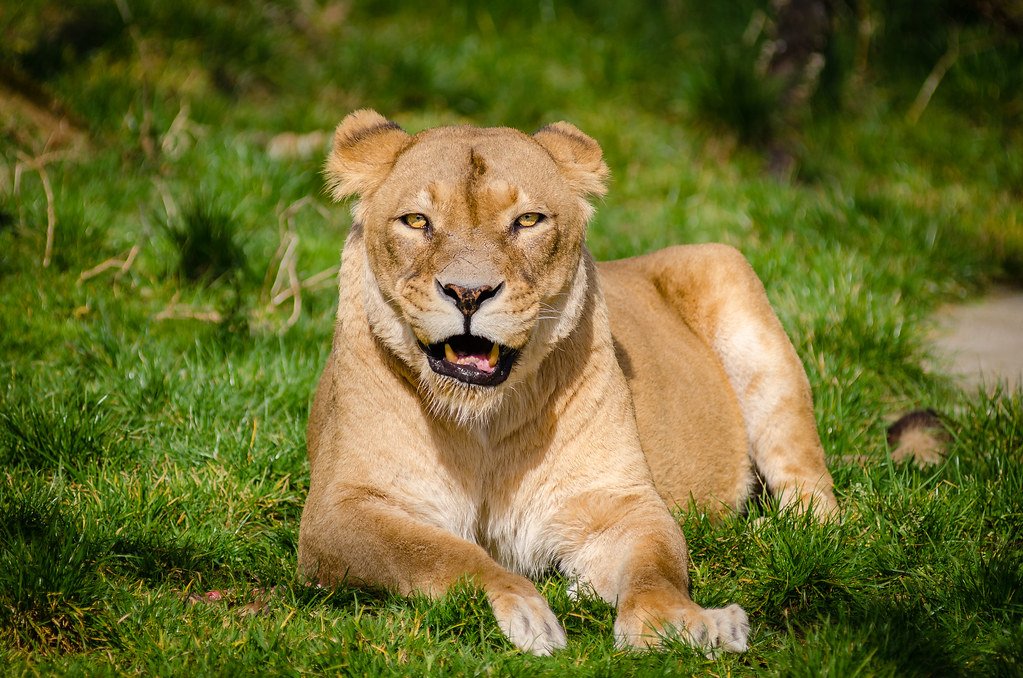
While male lions are larger and stronger, it is the lionesses, their female counterparts, who primarily handle hunting. They work cooperatively to stalk and take down prey, usually during night hours. Their collaboration is key to navigation through the savanna, ensuring higher success rates compared to solitary hunters.
Competition and Challenges in the Wild
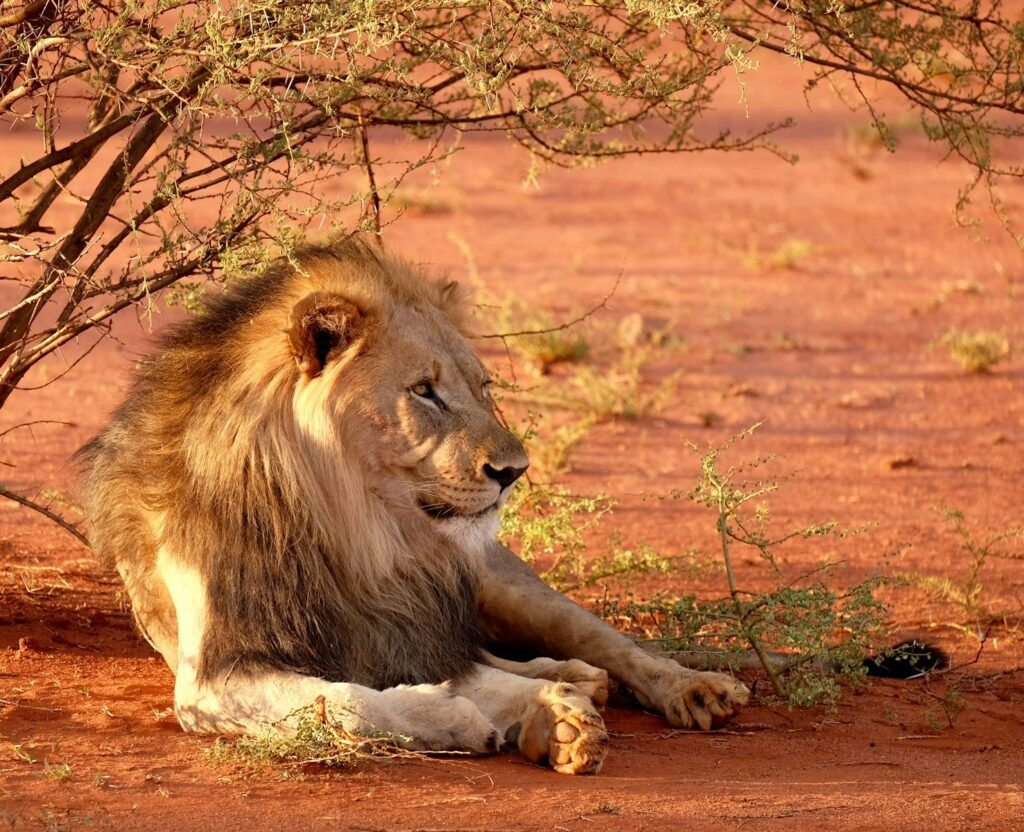
Despite their dominance, lions face competition from other predators such as hyenas, leopards, and African wild dogs. These interactions can be intense, often involving battles over prey and territory. This competitive aspect is integral to understanding their position within the ecosystem.
Lions in Mythology and Symbolism
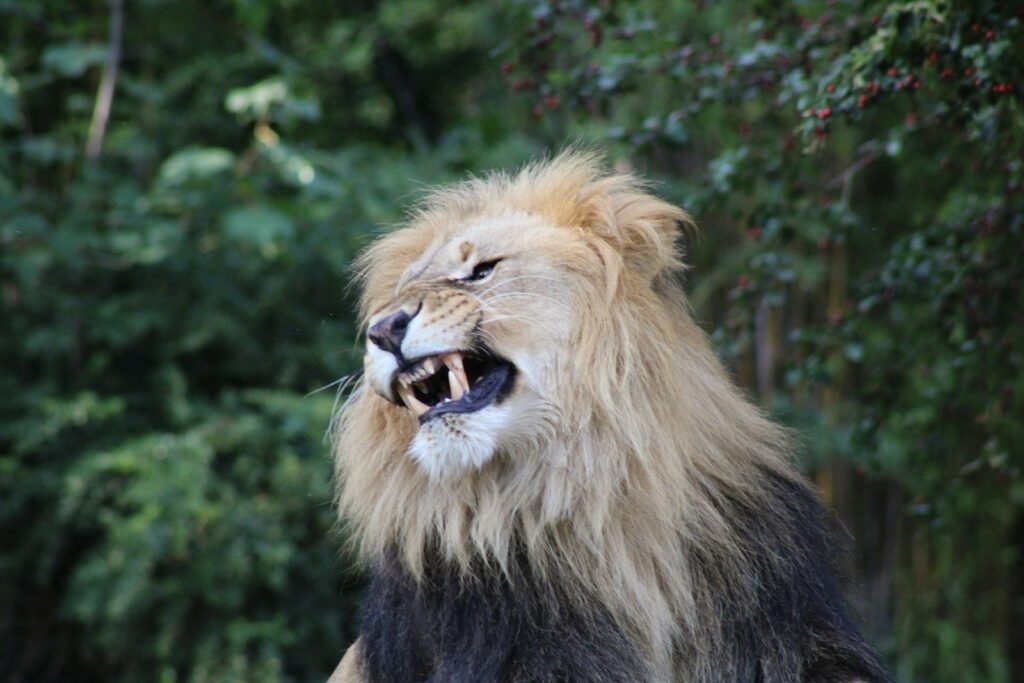
Lions hold a prominent place in mythology and symbolism. They are associated with traits such as courage and nobility, featuring in stories from Ancient Greece to national symbols of contemporary societies. This cultural fascination has fed into the “King of the Jungle” narrative.
A Royal Peril

Currently, lions are classified as vulnerable by the International Union for Conservation of Nature (IUCN). Their populations face threats from habitat loss, human conflicts, and poaching. Efforts are underway globally to protect these majestic animals and preserve their natural habitats.
Other Majestic Animals
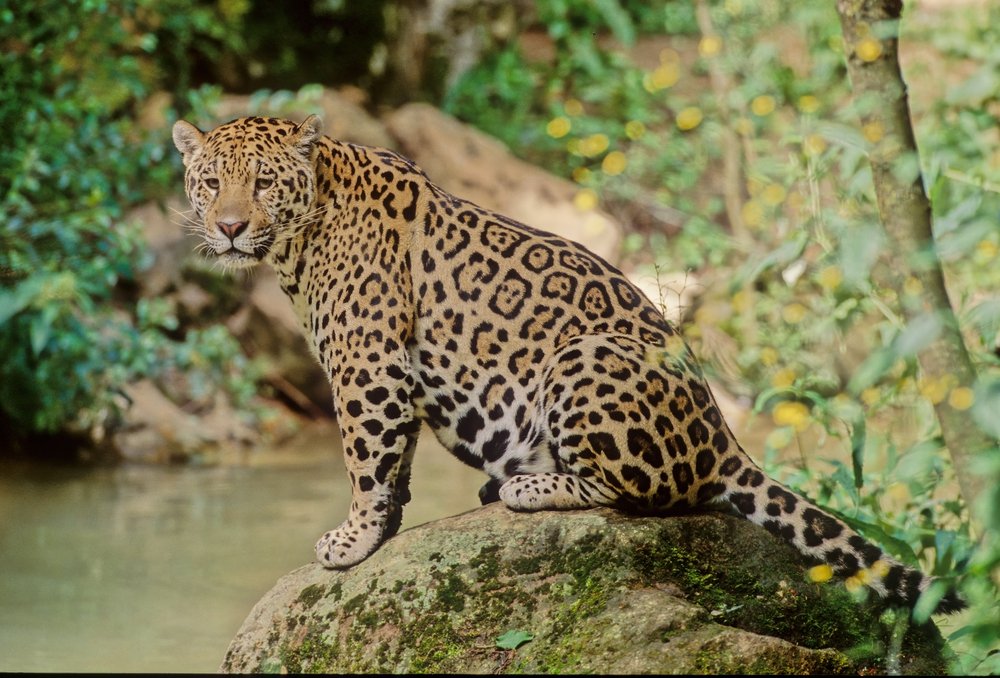
In assessing whether lions deserve their regal title, comparisons to other species, like tigers—who actually inhabit jungles—are common. Tigers, known for their solitary and secretive nature, along with other big cats, highlight the distinct ecological and behavioral aspects of lions.
Re-evaluating the Crown
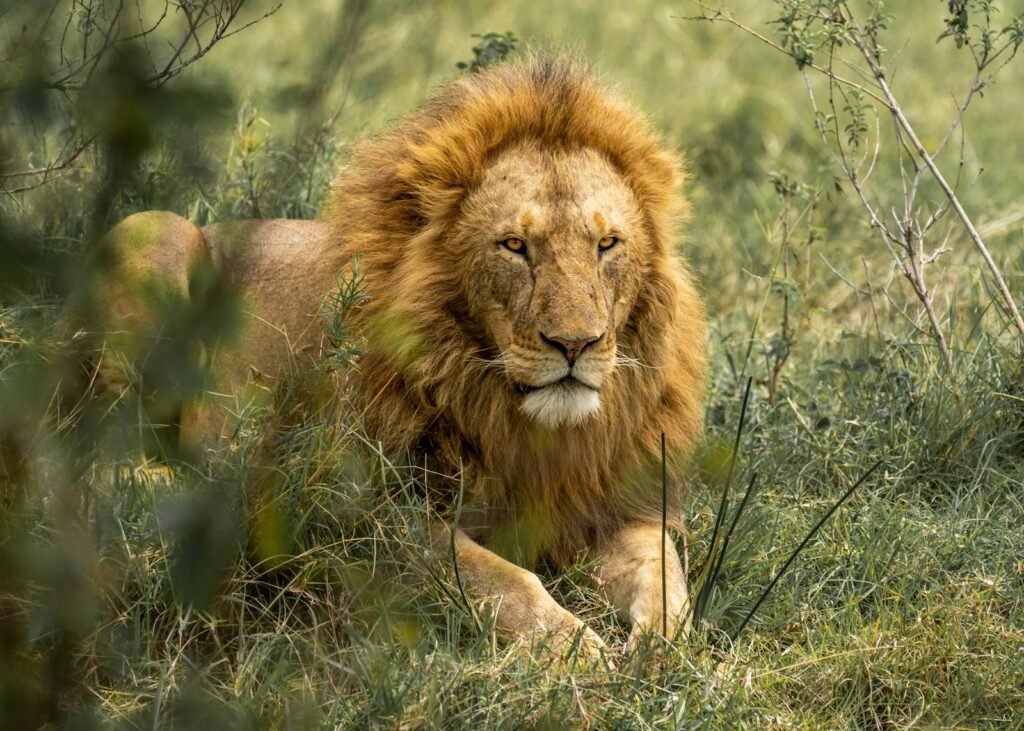
While the lion’s title as “King of the Jungle” may not be geographically accurate, their cultural and ecological significance, social structure, and symbolic power justify their esteemed position in the animal kingdom. Understanding the multifaceted reality of lions provides a richer appreciation of these majestic creatures, long admired and respected by humans around the globe.

Growing up traveling and experiencing new cultures and wonders, I have had a passion for nature, adventuring, photography, and videography. I am currently working towards a BSc in Biodiversity and Ecology at Stellenbosch University, and I hope to specialise in Marine Sciences one day.
Please send any feedback to Feedback@animalsaroundtheglobe.com






